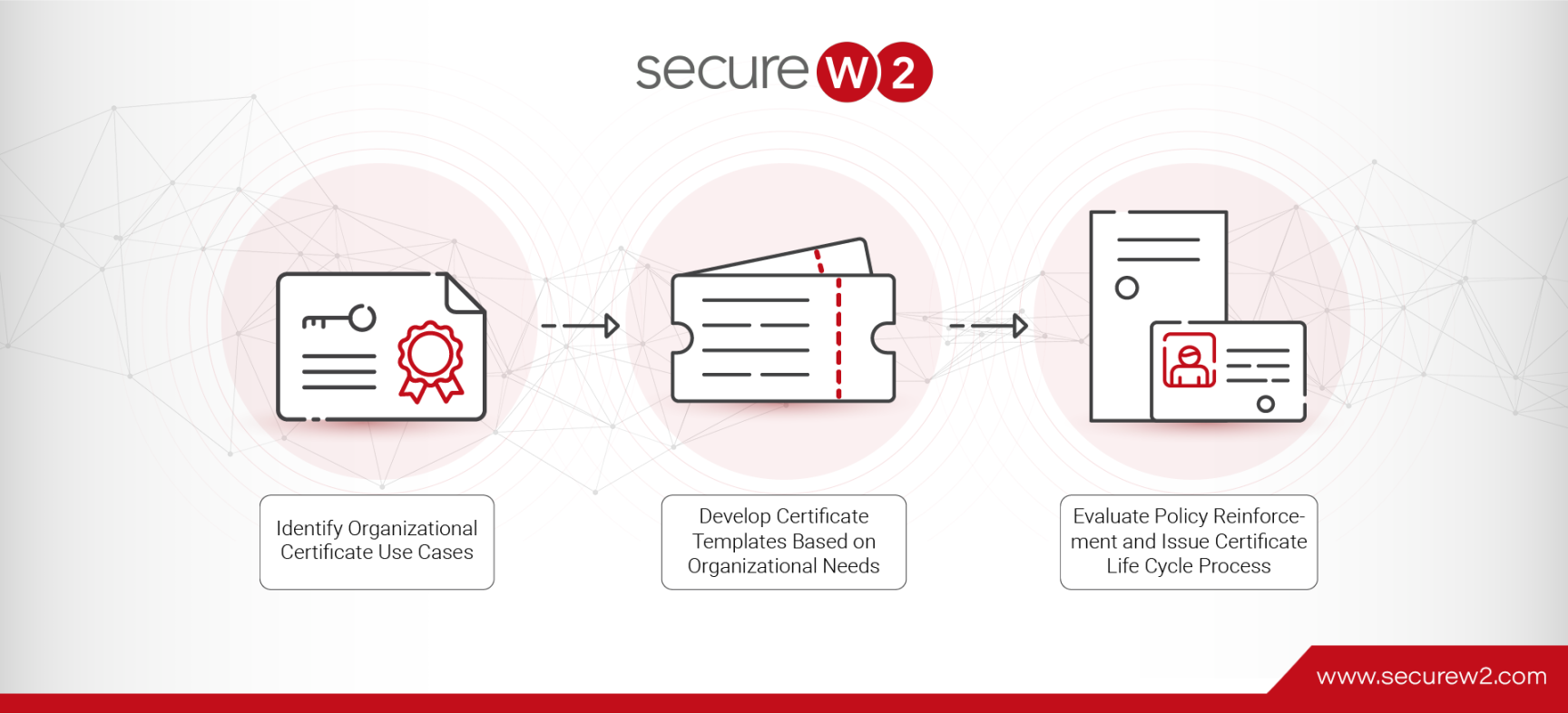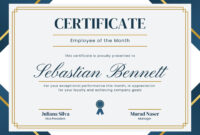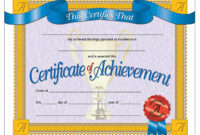Active Directory Certificate Templates are essential for organizations that need to issue digital certificates securely and efficiently. These templates define the attributes and policies associated with certificates, ensuring consistency and compliance. To create professional Active Directory Certificate Templates, it is crucial to focus on design elements that convey professionalism and trust.
Template Design Elements

1. Certificate Name
The certificate name should be clear, concise, and accurately reflect its purpose. Avoid using abbreviations or jargon that may be unfamiliar to recipients. The name should be prominently displayed at the top of the certificate.
2. Issuer Information
The issuer information should include the name of the organization, department, or individual issuing the certificate. This information should be placed in a prominent location, typically below the certificate name.
3. Certificate Subject
The certificate subject is a unique identifier that distinguishes the certificate from others. It should be displayed prominently on the certificate, often in a smaller font than the certificate name.
4. Validity Period
The validity period specifies the dates between which the certificate is valid. This information is essential for security and should be clearly displayed on the certificate.
5. Signature
The signature is a digital representation of the issuer’s identity. It should be placed at the bottom of the certificate, along with the issuer’s name or logo.
6. Certificate Serial Number
The certificate serial number is a unique identifier assigned to each certificate. It should be displayed prominently on the certificate, often in a smaller font than the certificate name.
7. Certificate Extensions
Certificate extensions can be used to add additional information or functionality to the certificate. Common extensions include key usage, extended key usage, and subject alternative names. These extensions should be included in the template if necessary.
8. Certificate Policies
Certificate policies define the rules and guidelines that govern the issuance and use of the certificate. These policies should be included in the template to ensure compliance with organizational standards.
9. Certificate Revocation List (CRL) Distribution Point
The CRL distribution point specifies the location where the CRL can be obtained. This information is essential for verifying the validity of the certificate and should be included in the template.
10. Authority Information Access
The authority information access extension specifies the location where additional information about the certificate authority (CA) can be obtained. This information should be included in the template to provide transparency and trust.
11. Certificate Template Display Name
The certificate template display name is a descriptive name used to identify the template in Active Directory. This name should be chosen carefully to reflect the purpose of the template.
12. Certificate Template Description
The certificate template description provides additional details about the template, such as its intended use and any specific requirements. This description should be clear and concise.
13. Certificate Template Issuance Requirements
The certificate template issuance requirements specify the conditions that must be met before a certificate can be issued. These requirements may include user permissions, group membership, or specific attributes.
14. Certificate Template Renewal Requirements
The certificate template renewal requirements specify the conditions that must be met before a certificate can be renewed. These requirements may include user permissions, group membership, or specific attributes.
15. Certificate Template Key Usage
The certificate template key usage specifies the intended uses of the certificate’s private key. Common key usages include digital signatures, encryption, and key encipherment.
16. Certificate Template Extended Key Usage
The certificate template extended key usage specifies additional intended uses of the certificate. These may include client authentication, server authentication, and code signing.
17. Certificate Template Subject Alternative Names
The certificate template subject alternative names extension allows additional subject names to be associated with the certificate. This can be useful for certificates that are used for multiple purposes.
18. Certificate Template CRL Distribution Point
The certificate template CRL distribution point specifies the location where the CRL can be obtained. This information is essential for verifying the validity of the certificate.
19. Certificate Template Authority Information Access
The certificate template authority information access extension specifies the location where additional information about the CA can be obtained. This information should be included to provide transparency and trust.
Conclusion
By carefully considering these design elements, organizations can create professional Active Directory Certificate Templates that are both secure and visually appealing. These templates will help to ensure the integrity and trust of digital certificates issued within the organization.


![Best Certificate Of Employment Samples [Free] ᐅ TemplateLab](https://ashfordhousewicklow.com/wp-content/uploads/2024/09/best-certificate-of-employment-samples-free-templatelab_1-200x135.jpg)